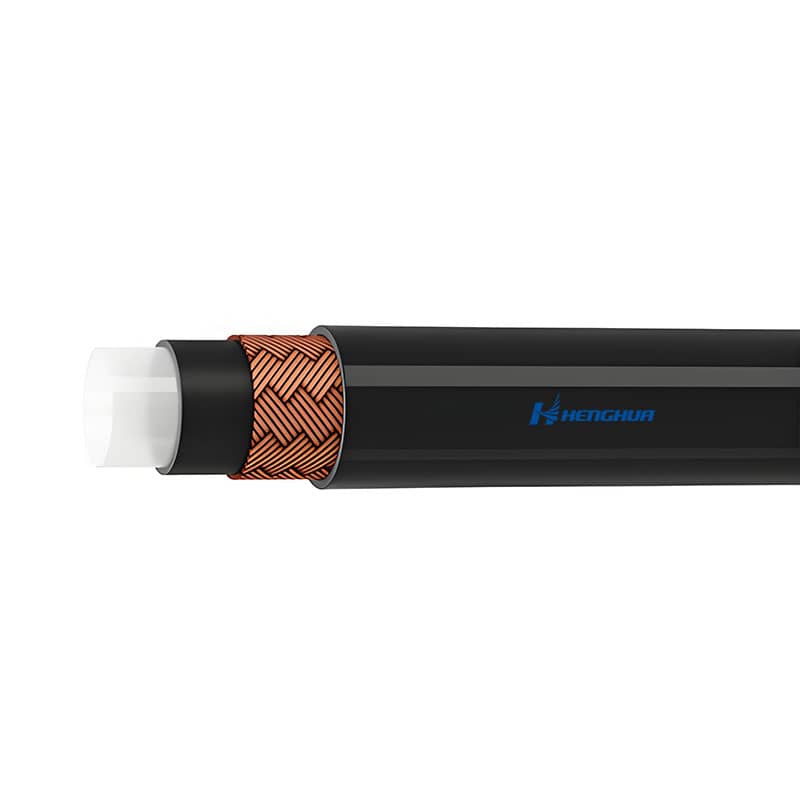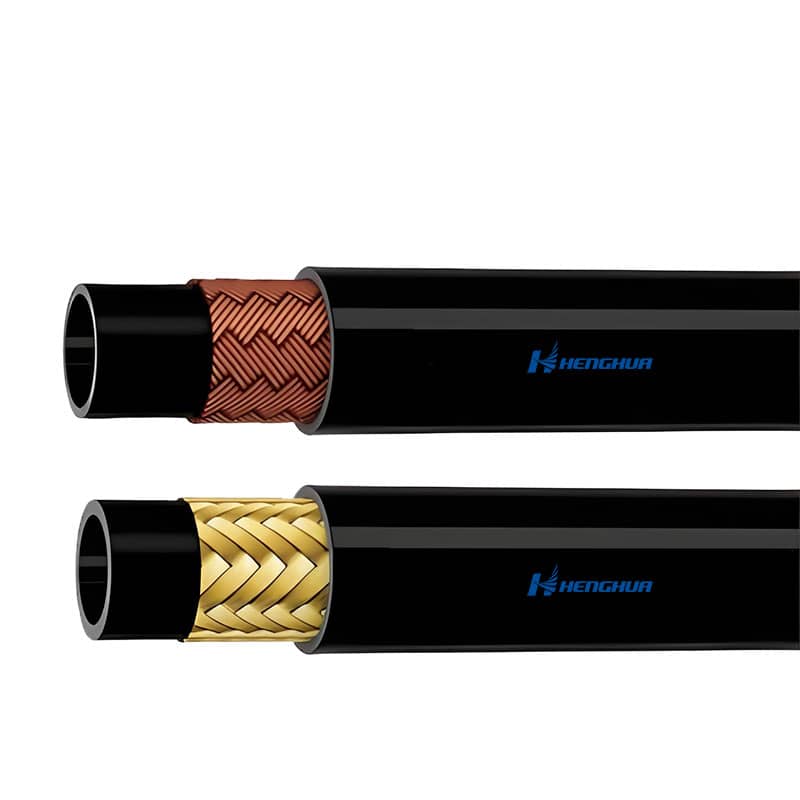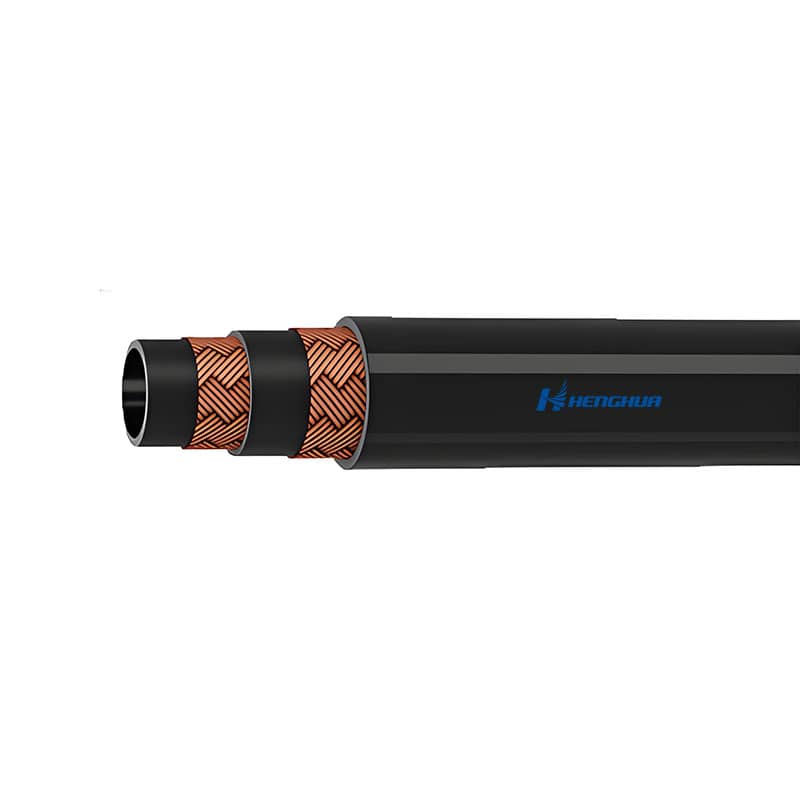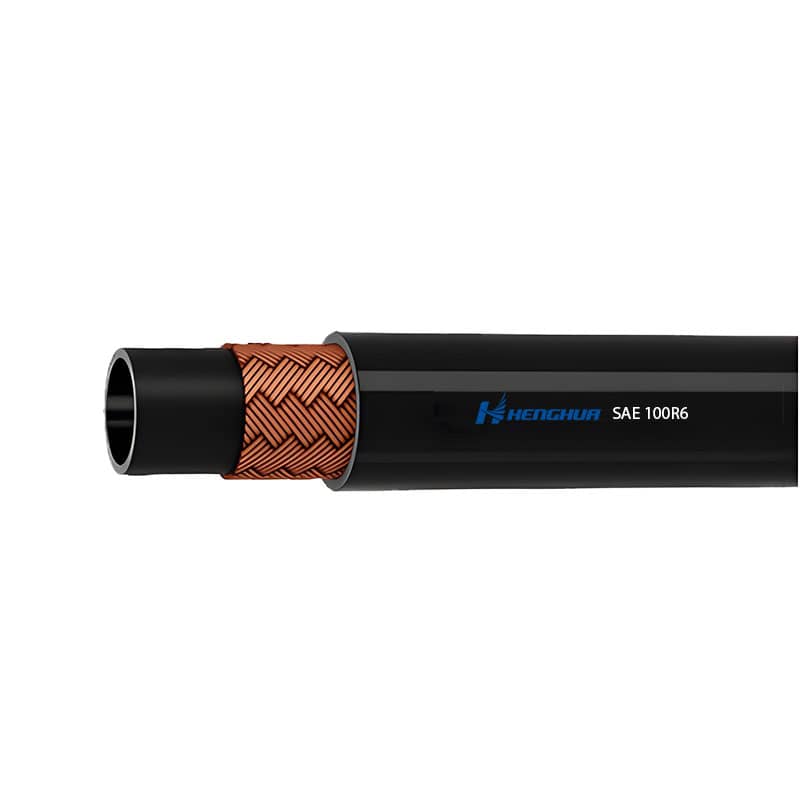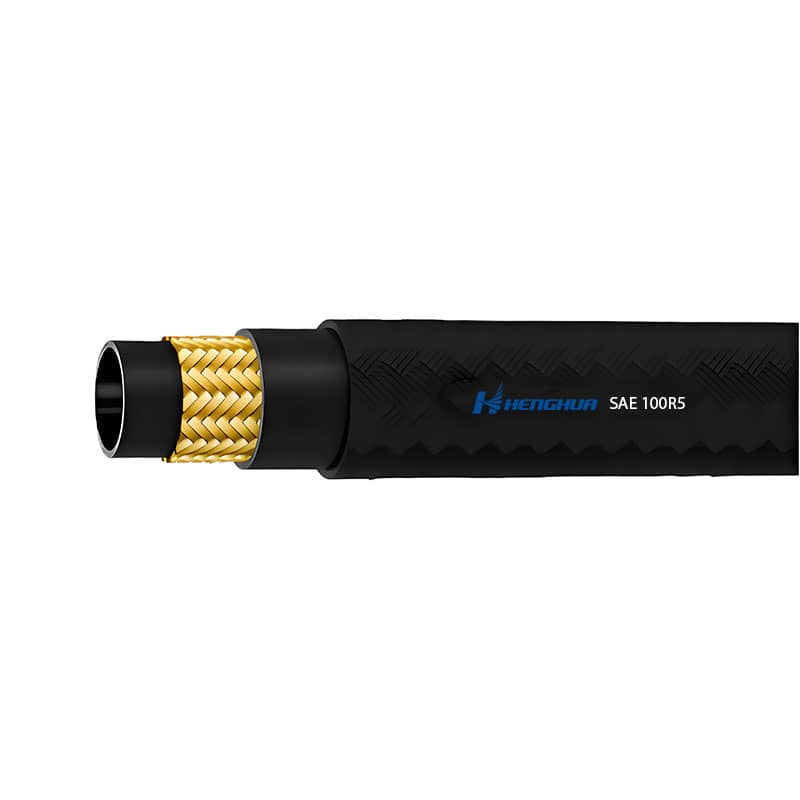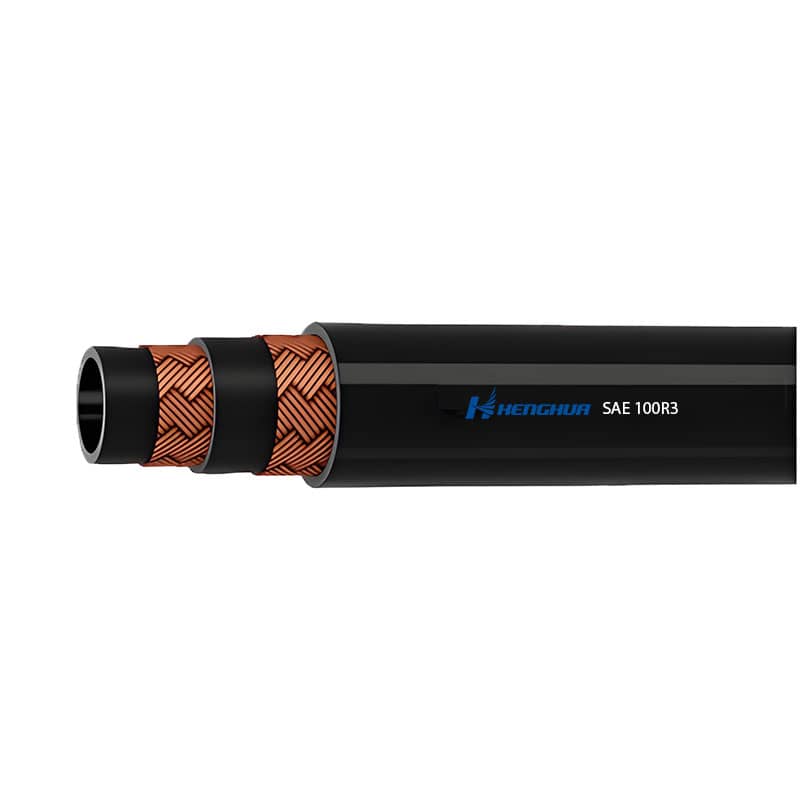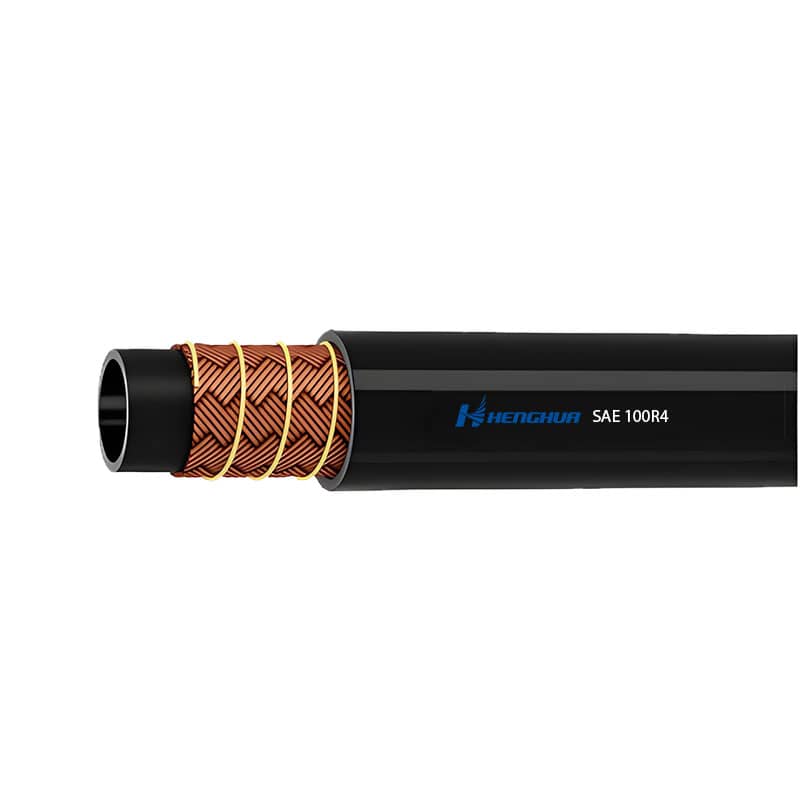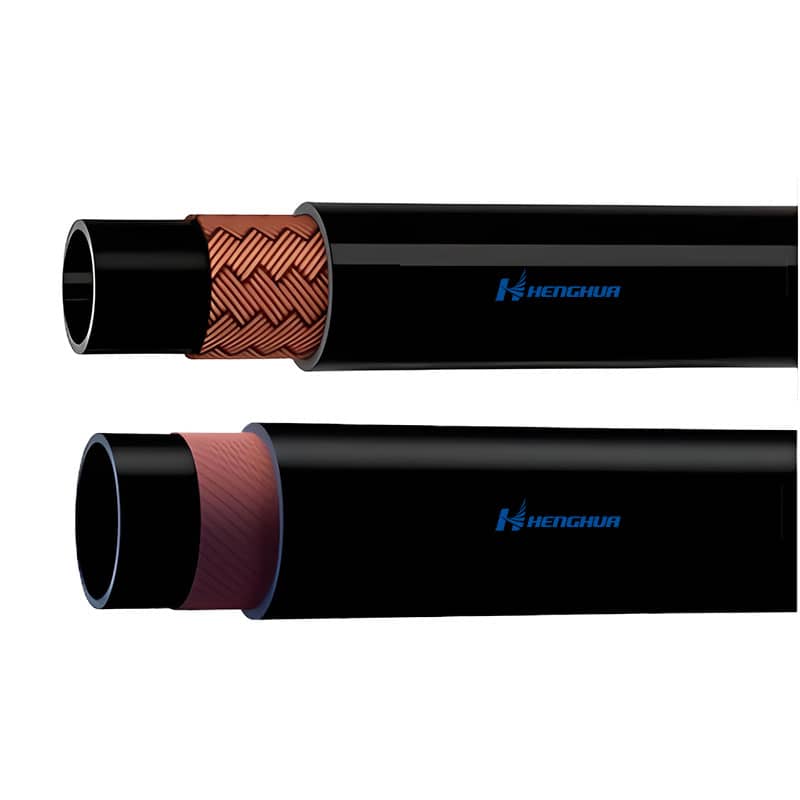5. Regular Maintenance and Preventative Care
A well-maintained petroleum transfer hose is more likely to provide reliable performance over time. Regular maintenance helps prevent unexpected failures and ensures safety during operation.
Scheduled Maintenance Tasks
- Pressure Testing: Regular pressure testing ensures that the hose can handle the required pressure without leaking or bursting. Follow the manufacturer's guidelines for the appropriate pressure limits.
- Checking Fittings and Couplings: Inspect fittings and couplings for signs of wear or corrosion. Replace damaged parts promptly to avoid leaks or equipment failure.
- Lubricating Fittings and Connectors: Applying lubrication to connectors can help prevent corrosion and facilitate easier connection and disconnection.
These regular maintenance tasks should be part of a proactive approach to ensuring the longevity of your petroleum transfer hose.
6. Identifying Signs of Wear and Damage
Even with regular maintenance, hoses will eventually show signs of wear due to prolonged use. Knowing how to identify these signs can help you decide when to replace or repair your hose before it fails.
Common Signs of Wear
- Cracks or Cuts: Visible cracks or cuts on the surface of the hose can compromise its integrity and lead to leaks.
- Deformation: If the hose becomes distorted, flattened, or bulged, it could be a sign of internal damage or pressure issues.
- Leaking at Fittings: If the hose begins to leak around the fittings, it may need a new fitting or hose replacement.
- Abrasion: Constant friction with surfaces can cause the hose to wear down, leading to holes or weak spots.
When you notice any of these signs, it's crucial to assess whether repair or replacement is necessary to ensure safe operation.
7. Best Practices for Hose Usage
Proper usage of your petroleum transfer hose can extend its life and maintain safety. By following best practices, you can minimize the strain on the hose and reduce the risk of damage.
Proper Handling and Usage
- Avoid Overbending: Ensure that the hose is not bent at sharp angles, as this can cause internal damage and reduce its flexibility.
- Don't Overstretch: Stretching the hose too much can compromise its structure. Always allow the hose to relax and operate within its specified length limits.
- Maintain Proper Temperature: Ensure that the hose is used within the specified temperature range. Excessive heat or cold can weaken the hose material.
Avoiding Common Mistakes
- Exceeding Pressure Limits: Never exceed the maximum pressure rating for your hose. Doing so can cause catastrophic failure.
- Ignoring Maintenance: Regular inspections, cleaning, and maintenance are essential to prevent long-term damage.
- Using the Wrong Hose Type: Always use a hose suited to the specific type of petroleum product being transferred. For example, using a hose rated for gasoline with diesel fuel can cause compatibility issues.
8. Choosing the Right Replacement Parts
When it’s time to replace parts of your petroleum transfer hose, selecting the correct replacements is critical to maintaining hose performance.
Selecting High-Quality Replacement Parts
- OEM vs. Aftermarket: Original Equipment Manufacturer (OEM) parts are typically recommended for maintaining hose integrity and safety. Aftermarket parts may be cheaper, but they might not offer the same performance or durability.
- Matching Specifications: Ensure that the replacement hose, fittings, and couplings match the original hose's specifications in terms of material, pressure rating, and size.
You can buy petroleum hoses from reputable suppliers to ensure that you're getting high-quality replacements that match your hose's specifications.
9. Leveraging Manufacturer Support and Warranty Services
Understanding the warranty coverage for your petroleum transfer hose and leveraging manufacturer support can help you maintain your hose over its lifespan.
Warranty Terms and Coverage
Check the warranty terms to see if your hose is covered for defects in materials or workmanship. Many manufacturers offer warranties that cover issues arising from normal use, but improper maintenance or misuse may void these warranties.
Making Use of Manufacturer Support
If you experience problems with your hose, don't hesitate to contact the manufacturer for guidance or troubleshooting. They can provide valuable advice and may also offer replacement parts or repairs.
Maintaining and extending the life of your petroleum transfer hose is essential for ensuring safety, reducing costs, and improving efficiency in your operations. By following the tips in this article, including regular inspections, proper storage, and the right maintenance practices, you can help your hose last longer and perform at its best.


